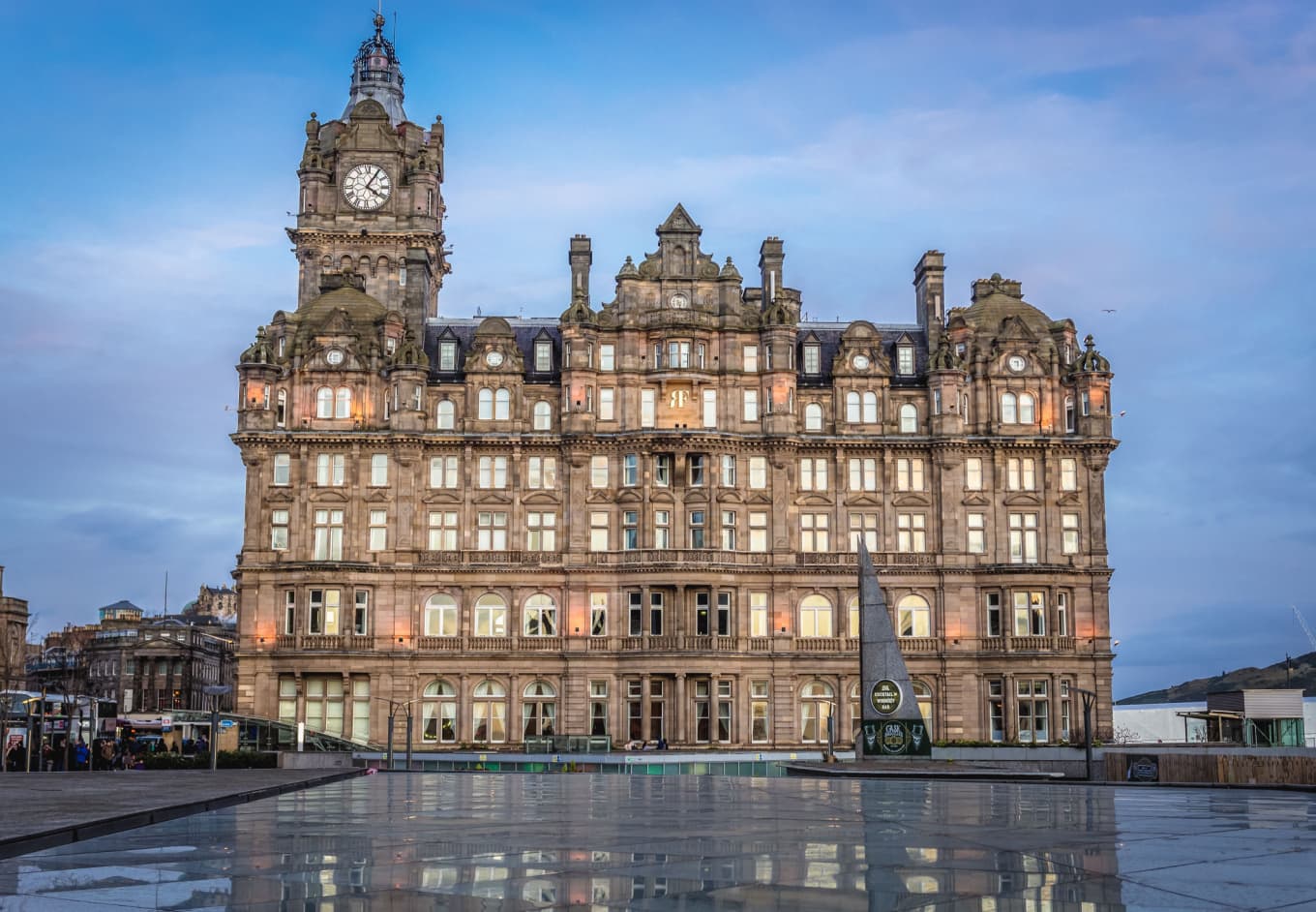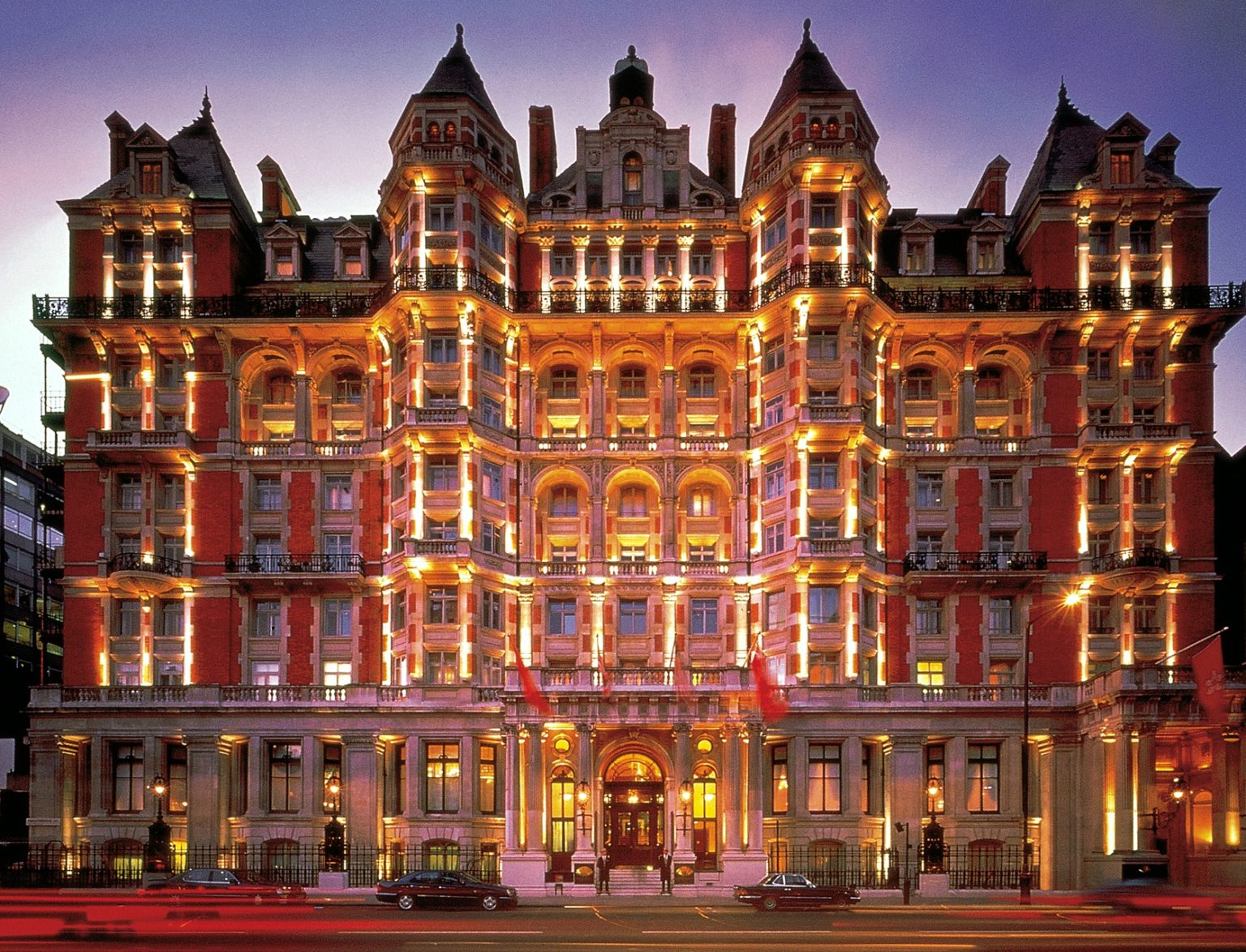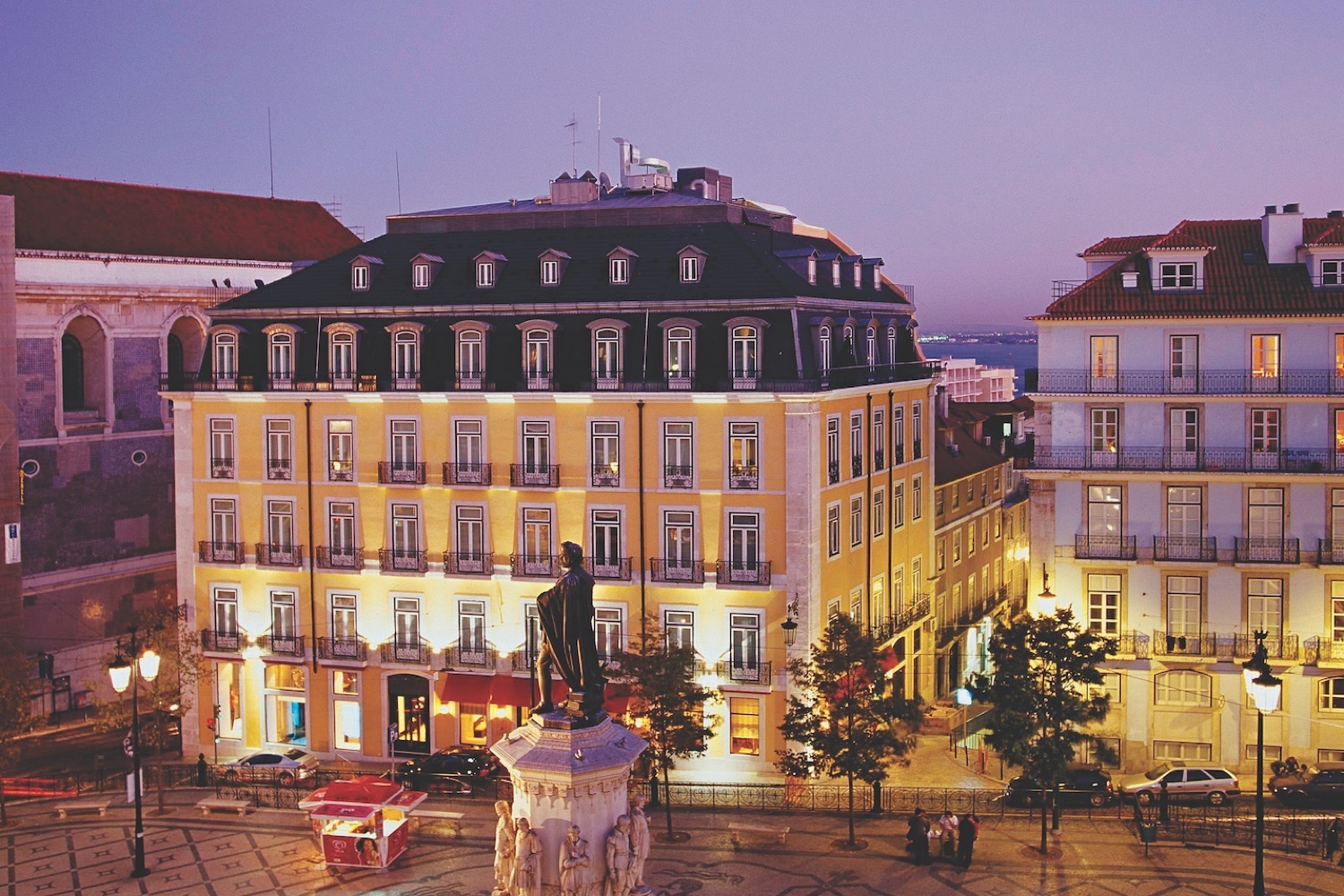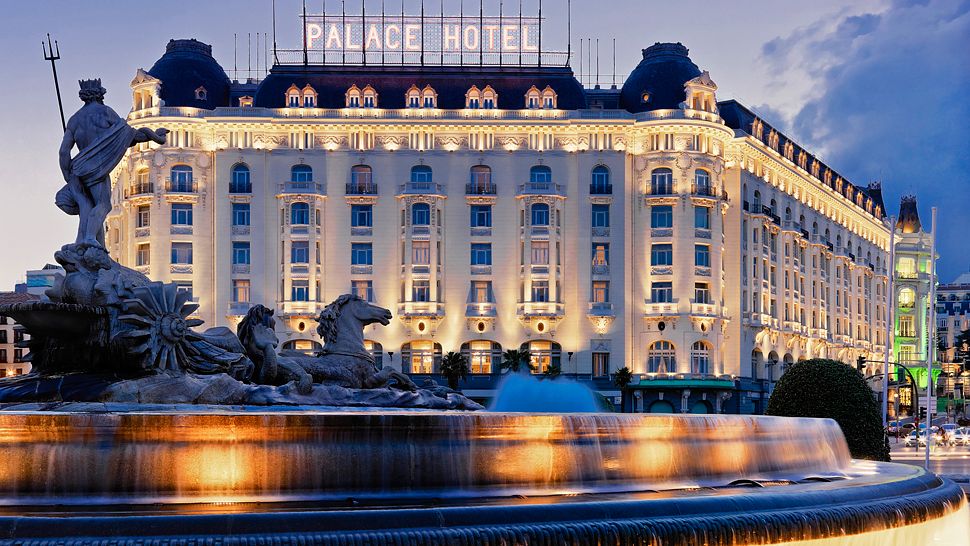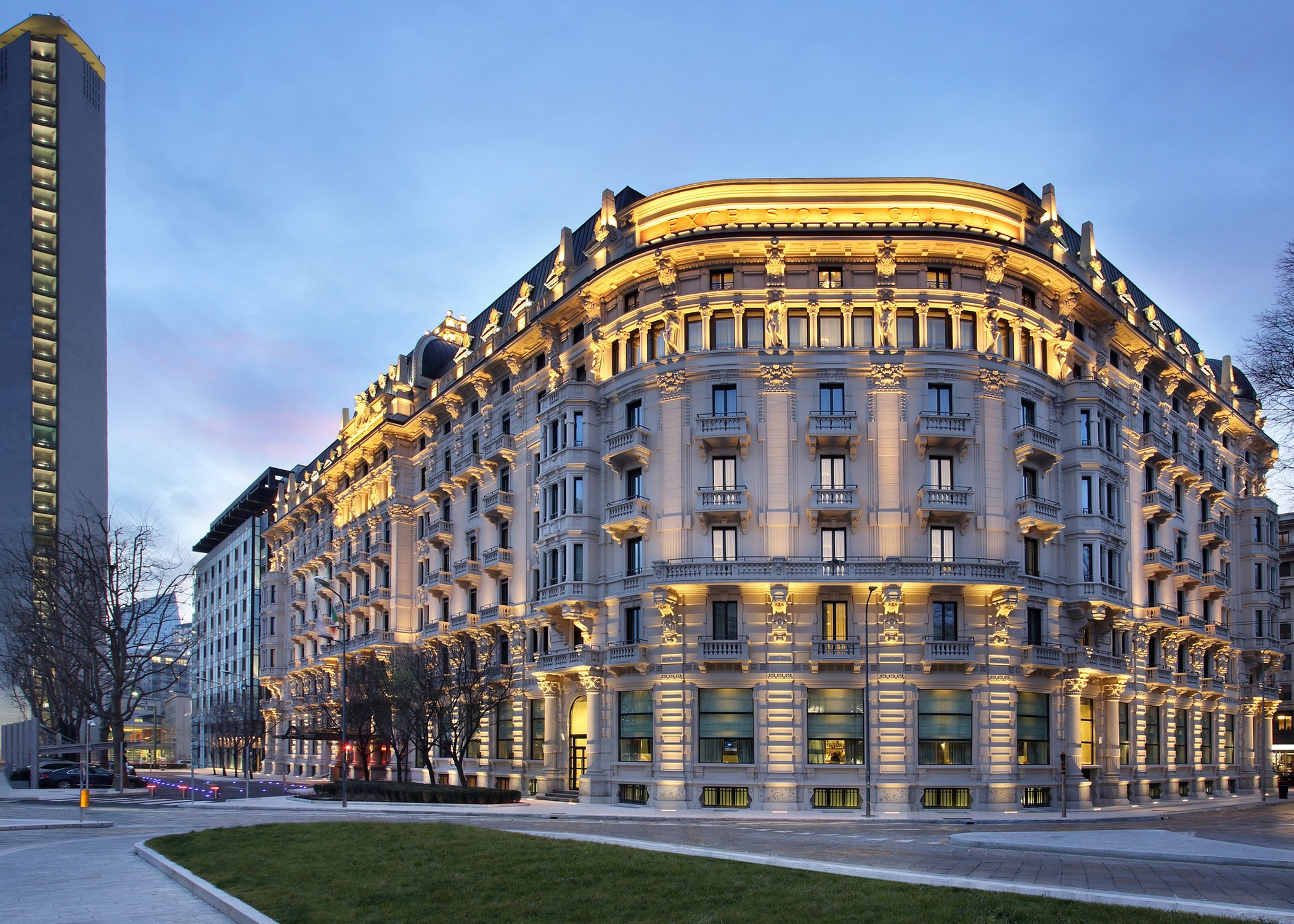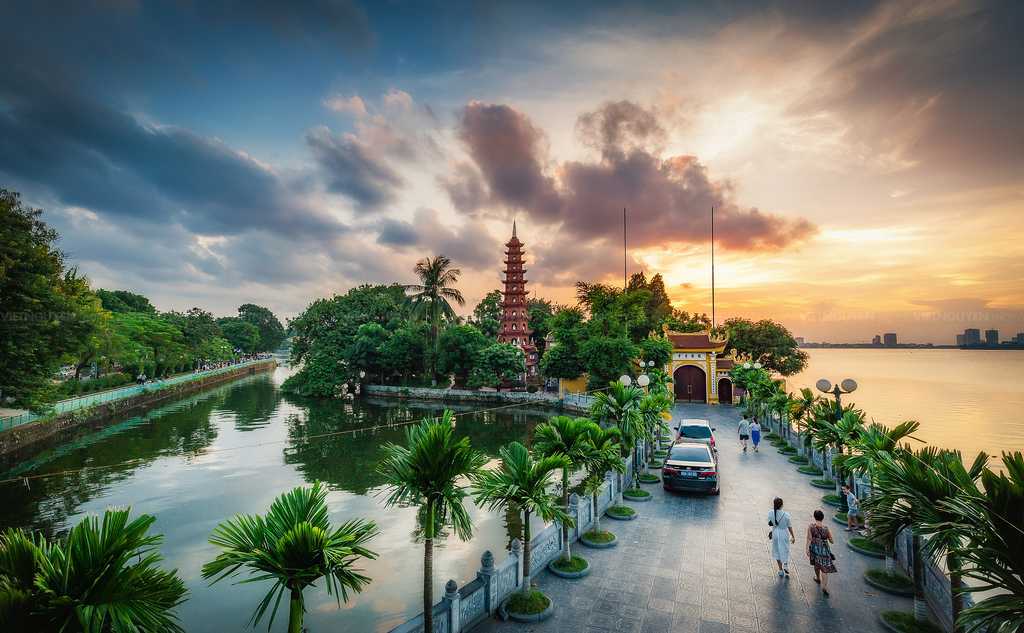
Hanoi, Vietnam’s captivating capital, is a city that assaults the senses in the most delightful way. A vibrant tapestry woven from ancient traditions, colonial charm, and a bustling modern energy, it’s a place where history whispers from every pagoda, the aroma of street food hangs heavy in the air, and the incessant hum of motorbikes forms a unique urban symphony. With its tree-lined boulevards, serene lakes, and a culinary scene that could rival any in the world, Hanoi offers an unforgettable journey into the heart of Vietnamese culture.
This comprehensive guide will help you navigate the enchanting chaos and discover the magic of Hanoi, ensuring you make the most of your visit to this thousand-year-old capital.

Related Articles about Hanoi: A Thousand-Year-Old Capital – Your Ultimate Travel Guide:
- The Land of the Long White Cloud: Your Ultimate Travel Guide to New Zealand
- Krabi: Thailand’s Andaman Jewel – A Comprehensive Travel Guide
- Phuket: The Andaman Pearl – Your Ultimate Travel Guide
- Russia: A Timeless Tapestry of History, Culture, and Adventure
- Jordan: Where Ancient Sands Whisper Tales of Empires and Wonders
A Tapestry of Time: Hanoi’s Rich History
Hanoi’s story is as long and complex as the winding alleys of its Old Quarter. Founded over a millennium ago in 1010 AD by Emperor Ly Thai To, it was originally named Thang Long, meaning "Ascending Dragon," after he saw a dragon ascending into the sky from the Red River. This mythical origin sets the stage for a city steeped in legend and resilience.
For centuries, Thang Long served as the political and cultural heart of various Vietnamese dynasties, weathering invasions and internal conflicts. Its strategic location made it a coveted prize, leading to a succession of rulers who each left their indelible mark.
The most significant chapter in Hanoi’s recent history began in the late 19th century with the arrival of the French. From 1887 to 1954, Hanoi was the capital of French Indochina. This colonial period profoundly reshaped the city’s architecture, urban planning, and culture. Grand French-designed villas, tree-lined avenues, and iconic structures like the Hanoi Opera House and St. Joseph’s Cathedral emerged, creating a striking contrast with the ancient Vietnamese pagodas and communal houses. The French also introduced baguettes, coffee, and a distinct administrative system, elements that remain woven into the fabric of daily Hanoian life.
After the French defeat at Dien Bien Phu in 1954, Hanoi became the capital of North Vietnam. The city then played a pivotal role during the Vietnam War (known in Vietnam as the American War), enduring heavy bombing campaigns. Despite the destruction, the spirit of its people remained unbroken, largely due to the leadership of Ho Chi Minh, whose mausoleum now stands as a testament to his enduring legacy.
Following the reunification of Vietnam in 1975, Hanoi officially became the capital of the Socialist Republic of Vietnam. The subsequent decades have seen the city embrace modernization and economic growth, while fiercely preserving its historical and cultural identity. Today, Hanoi stands as a testament to a resilient nation, a vibrant metropolis that gracefully balances its ancient past with its dynamic present.
Unveiling Hanoi’s Charms: Top Attractions
Hanoi’s attractions are diverse, offering everything from ancient temples to poignant historical sites and bustling markets.
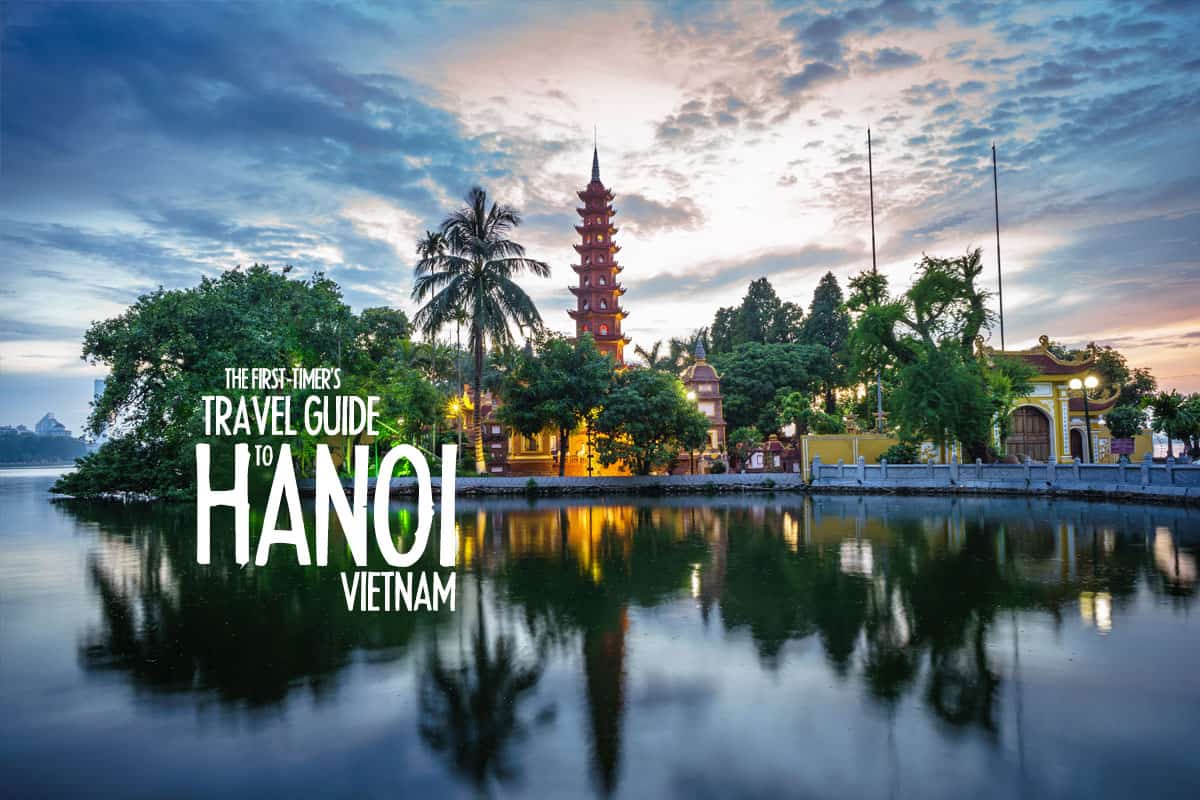
-
Hoan Kiem Lake (Lake of the Returned Sword) & Ngoc Son Temple: The spiritual heart of Hanoi, Hoan Kiem Lake is a serene oasis amidst the city’s hustle. Legend has it that Emperor Le Loi was given a magical sword by a Golden Turtle God to drive out the Chinese, which he later returned to the turtle in the lake. The picturesque Ngoc Son Temple, accessible via the iconic Huc Bridge (Bridge of the Rising Sun), sits on an islet in the lake, dedicated to a national hero, a scholar, and a saint. Early mornings see locals practicing tai chi, while evenings offer romantic strolls.
-
The Old Quarter (Hanoi 36 Streets): A maze of narrow streets, each traditionally specializing in a particular trade (e.g., Silk Street, Silver Street, Shoe Street). This bustling district is a sensory overload of sights, sounds, and smells. Explore on foot, by cyclo, or on the back of a Grab motorbike. Discover ancient tube houses, street food stalls, artisan workshops, and vibrant markets. It’s the perfect place to get lost and soak in the authentic Hanoian atmosphere.
-
Ho Chi Minh Mausoleum Complex: This monumental complex is dedicated to Vietnam’s revered revolutionary leader, Ho Chi Minh. The centerpiece is the imposing granite mausoleum where his embalmed body lies in state. Visitors should dress respectfully (shoulders and knees covered) and observe strict silence. The complex also includes:
- One Pillar Pagoda: A unique 11th-century wooden pagoda resting on a single stone pillar, resembling a lotus blossom.
- Ho Chi Minh’s Stilt House: A humble, traditional wooden house where Ho Chi Minh lived and worked, offering insight into his simple lifestyle.
- Presidential Palace: A grand yellow colonial building (not open to the public, but viewable from outside).
-
Temple of Literature & National University (Van Mieu Quoc Tu Giam): Vietnam’s first national university, established in 1070, is a beautiful example of traditional Vietnamese architecture. Dedicated to Confucius, it features five courtyards, ancient trees, and the Stele of Doctors, where the names of successful scholars were engraved on stone tortoises. It’s a tranquil escape and a testament to Vietnam’s long history of scholarship.
-
Imperial Citadel of Thang Long: A UNESCO World Heritage Site, this ancient citadel served as the political center of Vietnam for 13 centuries. Excavations have unearthed layers of history, from the Ly and Tran dynasties to the French colonial period. Key sites include the Doan Mon (Main Gate), Kinh Thien Palace, and the Flag Tower of Hanoi.
-
St. Joseph’s Cathedral (Nha Tho Lon): A striking neo-Gothic cathedral built by the French in 1886, resembling Notre Dame in Paris. It’s a prominent landmark in the French Quarter and a testament to the city’s colonial past.
-
Hanoi Opera House: Another magnificent French colonial building, completed in 1911, inspired by the Palais Garnier in Paris. It remains a premier venue for classical concerts, opera, and traditional Vietnamese performances.
-
Vietnamese Women’s Museum: An outstanding museum dedicated to the roles and contributions of Vietnamese women throughout history and in contemporary society. It covers topics from motherhood and marriage to fashion, ethnic minorities, and women’s roles in wartime.
-
Hoa Lo Prison (Hanoi Hilton): A poignant and somber museum housed in a former French colonial prison, infamous for its brutal conditions. It later held American POWs during the Vietnam War, who sarcastically dubbed it the "Hanoi Hilton." It offers a stark look into a difficult period of history.
-
West Lake (Ho Tay) & Tran Quoc Pagoda: Hanoi’s largest freshwater lake, offering a quieter escape from the city center. Cycle or stroll along its shores, visit the beautiful 6th-century Tran Quoc Pagoda (Hanoi’s oldest pagoda) on an islet, or enjoy a coffee at one of the lakeside cafes.
-
Thang Long Water Puppet Theatre: A unique and ancient Vietnamese art form where puppets perform on a water stage, accompanied by traditional music. It’s a delightful and entertaining cultural experience, especially for families.
A Culinary Journey: The Flavors of Hanoi
Hanoi is undeniably one of the world’s great food cities, a paradise for gourmands. Its street food scene is legendary, offering an authentic taste of Vietnamese cuisine.
- Pho: The iconic Vietnamese noodle soup, often enjoyed for breakfast. Hanoi’s pho is renowned for its clear, aromatic broth, tender beef (pho bo) or chicken (pho ga), and fresh herbs.
- Bun Cha: A Hanoi specialty, featuring grilled pork patties and slices of pork belly served in a sweet and sour broth with vermicelli noodles and fresh herbs. Often accompanied by crispy spring rolls (nem ran).
- Banh Mi: The French-influenced Vietnamese baguette sandwich, typically filled with various meats (pork, pate, sausage), pickled vegetables, fresh herbs, and chili.
- Cha Ca La Vong: A unique dish of grilled turmeric-marinated fish, cooked tableside in a hot pan with dill and spring onions, served with vermicelli, peanuts, and shrimp paste.
- Egg Coffee (Ca Phe Trung): A rich and creamy Hanoi invention, made with strong Vietnamese coffee topped with a frothy, sweet egg yolk foam. A must-try indulgence.
- Street Food Culture: Don’t shy away from plastic stools and bustling sidewalks. This is where the magic happens. Join a street food tour to navigate the best spots and learn about the local delicacies.
Where to Rest Your Head: Accommodation Options
Hanoi offers a vast range of accommodation, from luxurious colonial hotels to charming boutique guesthouses and budget-friendly hostels.
-
Luxury (USD 150+):
- Sofitel Legend Metropole Hanoi: An iconic colonial landmark, epitomizing old-world charm and impeccable service.
- Capella Hanoi: A newer, ultra-luxury hotel with exquisite design and exceptional dining, located near the Opera House.
- InterContinental Hanoi Westlake: Offers stunning views and a tranquil resort-like atmosphere on West Lake.
- Best for: Indulgence, historical elegance, top-tier amenities.
- Location: Often found in the French Quarter or around West Lake.
-
Mid-Range (USD 50-150):
- La Siesta Hotel & Spa Group: A collection of highly-rated boutique hotels, particularly in the Old Quarter, known for excellent service and stylish design.
- Apricot Hotel: Overlooking Hoan Kiem Lake, offering a blend of modern art and Vietnamese heritage.
- Hanoi Essence Hotel & Spa: Consistently praised for its comfort, central location, and friendly staff.
- Best for: Value for money, comfortable stays, excellent service.
- Location: Abundant in the Old Quarter, offering easy access to attractions.
-
Budget (USD 10-50):
- Hostels (e.g., Hanoi Backpacker’s Hostel, Little Charm Hostel): Offer dorms and private rooms, great for solo travelers and meeting people.
- Guesthouses & Homestays: Many small, family-run establishments offering basic but clean rooms.
- Best for: Backpackers, budget-conscious travelers, social atmosphere.
- Location: Primarily found in the Old Quarter and nearby areas.
Tip: Book accommodation in advance, especially during peak seasons (autumn/spring) and public holidays, as popular choices fill up quickly.
Navigating the City: Transportation
Getting to and around Hanoi is relatively straightforward, with several options catering to different preferences and budgets.
-
Getting to Hanoi:
- Noi Bai International Airport (HAN): Located approximately 45 km (28 miles) north of the city center.
- Airport Transfer:
- Taxi: Reputable companies like Mai Linh (green) and Vinasun (white) are reliable. Expect to pay around VND 300,000-400,000 (USD 12-16). Insist on the meter or agree on a fixed price beforehand.
- Grab (ride-hailing app): Often the most convenient and transparent option for both cars and motorbikes. Prices are fixed in the app.
- Airport Bus (Bus 86): An express bus service connecting the airport to Hanoi train station, with stops in the Old Quarter. Cheap (VND 35,000, ~USD 1.50) and efficient.
-
Getting Around Hanoi:
- Walking: The best way to explore the Old Quarter’s narrow streets and soak in the atmosphere.
- Grab (Ride-Hailing App): Essential for getting around. Use GrabBike (motorcycle taxi, very cheap and fast) for solo travelers or GrabCar for groups/comfort. Ensure you have a local SIM card or eSIM for data.
- Cyclo (Pedicab): A quintessential Hanoi experience, especially around the Old Quarter and Hoan Kiem Lake. Agree on a price before you start the journey (e.g., VND 100,000-150,000 for a 30-minute ride).
- Taxi: Stick to reputable companies like Mai Linh and Vinasun. Always ensure the meter is used. Avoid unmarked taxis.
- Local Buses: Extensive network and very cheap, but can be confusing for first-time visitors due to language barriers and complex routes.
- Motorbike Rental: Only recommended for experienced riders comfortable with chaotic traffic. It can be dangerous for novices.
Crossing the Street Tip: Don’t wait for a gap in traffic; there often isn’t one. Instead, walk slowly and predictably across the street, allowing motorbikes to weave around you. Make eye contact with drivers.
The Best Time to Visit Hanoi
Hanoi experiences four distinct seasons, each offering a different charm.
-
Autumn (September – November): The Best Time
- Weather: Mild, pleasant temperatures (20-28°C / 68-82°F), low humidity, and sunny skies.
- Pros: Ideal for exploring, comfortable for walking, and outdoor activities.
- Cons: Can be peak tourist season, leading to higher prices and more crowds.
-
Spring (March – April): Very Good
- Weather: Mild and pleasant (20-26°C / 68-79°F), with occasional light drizzles.
- Pros: Lush greenery, comfortable temperatures.
- Cons: Can be a bit humid, sometimes unpredictable rain.
-
Winter (December – February): Cool and Can Be Chilly
- Weather: Cool to cold (10-20°C / 50-68°F), sometimes damp and misty. Temperatures can drop significantly, especially in January.
- Pros: Fewer crowds, festive atmosphere around Christmas and Tet (Lunar New Year – check dates as many businesses close).
- Cons: Can be quite chilly and damp, requiring warm clothing.
-
Summer (May – August): Hot, Humid, and Rainy
- Weather: Hot and very humid (30-38°C / 86-100°F), with frequent heavy downpours (monsoon season).
- Pros: Lower prices, fewer tourists.
- Cons: Can be uncomfortable for sightseeing due to heat and humidity, sudden heavy rains.
Recommendation: Aim for autumn (September-November) for the most enjoyable weather. If that’s not possible, spring (March-April) is also an excellent choice.
Practical Pointers: Essential Travel Tips
To ensure a smooth and enjoyable trip to Hanoi, keep these practical tips in mind:
- Visa: Most nationalities require a visa for Vietnam. Check the latest requirements for your country well in advance. The e-Visa system is convenient for many.
- Currency: The official currency is the Vietnamese Dong (VND). ATMs are widely available, and credit cards are accepted in larger establishments, but cash is essential for street food and smaller shops.
- Connectivity: Purchase a local SIM card upon arrival at the airport or an eSIM for your phone. This is invaluable for using Grab, Google Maps, and staying connected.
- Safety: Hanoi is generally safe, but be aware of petty theft (pickpockets, bag snatchers, especially from motorbikes). Keep valuables secure. Be wary of taxi scams (always use reputable companies or Grab).
- Crossing Streets: As mentioned, walk slowly and predictably. Don’t make sudden movements.
- Bargaining: It’s expected in markets and small shops. Start with a price significantly lower than offered and negotiate respectfully.
- Etiquette:
- Dress modestly when visiting temples and pagodas (shoulders and knees covered).
- Remove your shoes before entering someone’s home or a temple.
- Use both hands when giving or receiving something.
- Avoid public displays of affection.
- Respect elders.
- Language: While many people in tourist areas speak some English, learning a few basic Vietnamese phrases (e.g., "Xin chào" – hello, "Cảm ơn" – thank you, "Bao nhiêu tiền?" – how much?) will be appreciated.
- Water: Drink only bottled water. Avoid tap water.
- Health: Ensure your routine vaccinations are up to date. Consider travel insurance. Be mindful of food hygiene when eating street food, but don’t let it deter you from trying local delicacies.
- Pace Yourself: Hanoi can be overwhelming. Take breaks, sip on a Vietnamese coffee, and simply observe the vibrant street life. Embrace the chaos, and you’ll fall in love with its charm.
Hanoi is more than just a destination; it’s an experience. It’s a city that challenges, delights, and ultimately captivates every traveler who walks its ancient streets. From the profound historical echoes to the intoxicating aroma of its street food, Hanoi promises an adventure that will linger in your memory long after you’ve left its vibrant embrace. So pack your bags, prepare your senses, and embark on an unforgettable journey to Vietnam’s enchanting capital.
